Are you familiar with Waldorf schools and ever wondered with what they are about? Today, I talk a bit about some ideas we can borrow from the Waldorf classroom and work into our speech rooms. Tune in below to learn more and don’t forget to check out the images and links from the show (featured below)!
Images Mentioned During Today’s Show:
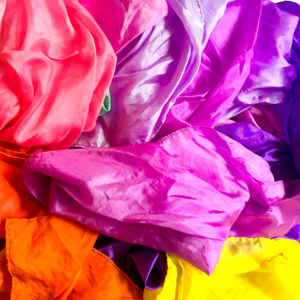
Silk Scarves
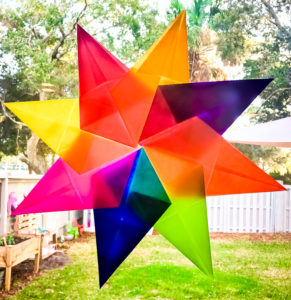
Waldorf Star Craft
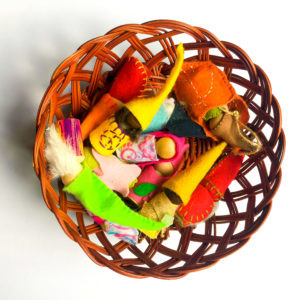
Peg Doll Gnomes
Links Mentioned During Today’s Show:
Full Transcript of Podcast: Waldorf-Inspired Speech Therapy
Episode 60: Waldorf-Inspired Speech Therapy
You're listening to the Speech Space Podcast, a podcast full of tips and resources for SLPs. I'm your host, Jessica Cassity, and this is Episode 60.
Hey everyone! Thank you so much for joining me today, where we're going to be talking about Waldorf-inspired speech therapy. Before we get started, I wanted to let you know that this podcast is brought to you by The Digital SLP membership site, which is a site that features time-saving no print and low prep resources for SLPs. The membership door's just opened back up this month and they will remain open until Friday. So if you'd like to learn more about the membership, head on over to thedigitalslp.com/digitalslp.
So let's go ahead and start off by talking about what Waldorf education is for those who are not familiar. So I did a little bit of research because I wanted to get this right. But essentially Waldorf education is based on the educational philosophy of Rudolf Steiner and its pedagogy strives to develop students' intellectual, artistic, and practical skills in an integrated and holistic manner. And in Waldorf education, the learning process is essentially three-fold engaging the head, the heart, and the hands or in other words, thinking, feeling, and doing. So I became interested in different educational philosophies when I started having children. And while I can't say that I connect 100% to one specific philosophy, I'm really drawn to different aspects of Waldorf, Montessori, Reggio, and nature-based learning. And many of you might know that I homeschool and I typically use a blend of these approaches. So I thought it would be helpful to share how some of the philosophies and toys and ideas used in Waldorf education could be useful in the speech room as well. So Waldorf toys are very simple usually, and they often do a lot of encouraging of the child's use of imagination. And I'm going to start off by sharing a couple of my favorites, and I will try my best to find some links as well, that you can click out and kind of take a peek at what these things look like. But I do want to put out a disclaimer that Waldorf toys generally are not cheap, mainly because they're built to last. So if you're on a tight budget, what I highly recommend doing is looking for these items at a consignment shop, or even on the Facebook marketplace. You can search Waldorf and hopefully some toys that have been well-loved are up for sale and you can grab them for a good price.
So let's go ahead and talk about some toys or you know, things that they can use for pretend play. So if you follow my Instagram account, which is @thedigitalslp, you might've seen my post about scarves or silks. So these silk scarves, they are great for so many things but especially pretend play. You know, students can wear them, they can make them into different things, they can put them on different things to kind of change their appearance. You know, they can make a parachute, they can make a bonnet or a hat. They can make a bracelet, they can throw them up and down. They're really great for working on prepositions. So you can have them put something under the silk, something over the silk, something that can jump over the silk. You can put something behind the silk, you can put something beside the silk, so great for prepositions. And I encourage you to check out that post, if you didn't already that's over on Instagram. And I also will link a picture of the image that I'm talking about in this post as well. You can also get some really big silk scarves and you can drape them over things. So you can actually physically get under the chairs. You can make kind of like a little fort with them. They sell these little wooden clips that are great, where you can clip the scarves to different things. So that's a lot of fun as well.
Another thing that's really fun is a wobble board. And this essentially is just this curved-shaped board. It can be really good for those with sensory issues. So you can actually sit on the board and rock. You can also flip the board over and you can walk over the board. You can also use it to kind of set up a little stage to put on, to do like a little, I don't want to say show, but like a little storytelling scene, you can kind of use that. And students will... I mean, the fun thing about this board is that, you know, this is my adult version of like what my adult interpretation, I guess I should say of what you would do with this board. But we have one of these at our house and my kids will find 8,000 other uses for it that I would've never thought of. So that's kind of the cool thing about it is it really let students use their imagination. You know, you can do some pretend play and pretend that you're walking over a bridge. There's just so many things that you can do with this board. Students can stand up on it and just practice working on their balance. It can be a nice thing to use for those students who are a bit wiggly who need to get up and move around a little bit. It almost feels like, you know, you're standing up and you're kind of rocking back and forth. It almost looks like they're like skateboarding or something. So it's kind of a fun physical activity that you can do to shake things up.
Another thing that you will commonly see in a Waldorf classroom are gnomes, and these little characters are just so fun. They come in all different shapes and sizes, which is really great. And I really love just watching students play with them because they're essentially like miniature dolls and really the sky is the limit with them. They can make up a story using them. They can just have some open-ended pretend play. Again you can work on prepositions with them. You can work on actions, basic vocabulary just by having the gnomes do different things but they're nice because they're tiny. So if you're an SLP on the go you can fit quite a few gnomes into your bag. They don't take up a lot of space and they're also very lightweight. The other thing is if you're crafty, they're also relatively inexpensive and pretty easy to make. So if you go on Pinterest, there's a ton of ideas out there that you can use for creating different gnomes. And I'll also actually had to make some of these for my daughter's preschool class. So I'll go ahead and share an image of the gnomes that I made for her. And then I will also share a basket of the gnomes that I have as well that we play with at our house.
All right. So next is crafts. So let's talk about some crafts that you might find in a Waldorf classroom. So one is this Waldorf star craft. In it... it's almost like origami where it involves repetitive folding to make a star shape and it's a really beautiful decoration. It's often used around the holidays but it's a really great way to work, not only on following directions, but on students giving directions to other students as well, because once they've folded one or two sections of their star, then they're able to provide directions to help another student. So you might give the directions to one student and then have them provide the directions to another student to get them started and so on.
Another thing that you might see a lot is watercolor painting. So you know watercolor painting, it can be so grounding and relaxing. And there's a lot that you can talk about with the mixing of the colors and making new colors. But it's also great for working on following directions. It can also be great for getting a language sample depending on the student that you're working with because they can paint something. And then you can ask them to tell you about it.
Another thing that you might see is beeswax candle. So, you know, this is a great sensory experience to have this beeswax out and they put the wick in the middle and they roll or wax around it. It's also great for following directions, just like with the star. So you're kind of telling them and guiding them, you know, you've given them the directions and they're following it. And they can also, like I said, if you just tell them the directions and you have another student kind of out of earshot, you can have them practice giving directions as well, if that's a goal that they're working on. But afterwards, you know, it's nice because students will have their own candle, which can be lit at home. Or you could also use it in the speech room as a transition piece where it's lit in the beginning of the speech session and then blown out at the end. And of course, you know, you want to use that at your discretion because that's not going to be appropriate to have around all of your students. But if your students are mature enough to have that in the space, it can be a nice touch to have in there.
Okay. So let's go ahead and talk about baking. Now I know that we need to be aware of food allergies, and I do suggest that everyone be familiar with the policies in their school and even more familiar with any potential allergies of the students that you're working with. But once you've done that, baking can be a really great way to work on following directions, core words, and descriptive language. And I'm sure I'm leaving some things out there, but those are the biggies. Waldorf bread is something that's commonly made in Waldorf schools and it's fairly easy to make and... Maybe Waldorf bread isn't the right term. I know, with my daughter's class they call it Huck-A-Buck bread but it's definitely a process. So this isn't something that you could just start in the beginning of one session and finish it with the same group. But you could have different groups take part in different tasks to get it ready for baking. And if this is something that you did regularly, you could alternate and kind of switch it up. So different students got to do different tasks, different weeks. But when making bread, there are so many great words that we use like soft, squishy, damp, roll, push, press, and knead. So this is helpful for vocabulary building. And if it's something that you do on a regular basis, which you often will see in a Waldorf classroom, they might do this weekly. Then it's even more helpful for establishing those connections between a word and an action or an adjective. And I would encourage you, like I said, the recipe that I've used, it does take a while start to finish. I would encourage you to try to explore and see if you can find kind of a quick version. And then maybe you could do that, start to finish in some of your sessions. And I'm going to go after I record this, I'm going to go and search for it as well. So check the links and resources. And if I found it, it will be there.
Okay. Let's talk about singing for transitions. So singing is such a magical thing. And even if you don't have the world's greatest voice, because I certainly do not, your students will not mind at all. A sweet little song can lay the foundation for the session and it can also be a great signal of what's to come. So for example, I know in the local Waldorf preschool here, they sing the different transition times throughout the day. But some that I know of, one is upon arrival. So upon arrival, they put on their inside shoes and there's a little song that kind of guides them to do that. And then I also know it's snack time. There's a little song that they sing so they know it's time for snack. And then there's also a cleanup song that they sing. And I know that's kind of common on the cleanup song. I know that's a thing in a lot of preschools. But the way that that song is used, I think is a really beautiful thing because it's a nice, gentle way rather than kind of barking orders. It's a nice, gentle way to signal transition and also to make it a little bit of a sweeter experience. And, you know, music is just such a calming thing so that can be helpful for a lot of our students as well.
I also wanted to talk about predictable rhythms. So I did talk about using songs. So maybe you have a song each time you come into the speech room, each time you leave the speech room. So it's a predictable thing. We know we're hearing this song and then now we know what's going to happen next. Another thing you can do is use colors to show which day it is and what will happen that day. So if you did want to try some of these rhythms, say you went with the bread baking, and you did bread baking on Fridays, then maybe that would be yellow day. And then they would know that on yellow day you bake bread, or maybe you want to do game day is on purple day. And so they know if the purple symbol is up then that means that they'll be playing a game that day. So you can kind of use these colors to also, you know, have a sense of predictability. I know we do visual schedules a lot and those can be great as well. But perhaps some of your students would respond better by adding in color to those schedules as well. The other thing you can do is on the same kind of track as the visual schedules is you could use those colors with your visual schedule for each activity of that day. So rather than using it for a day of the week, or like an activity of the day, you could do... Okay, so say yellow is for working, white is for playing game, green is for cleanup, and then purple is for back to class, and then have those colors next to the items on their visual schedule. And you can just kind of use those as a guide, like, okay, it's, you know, yellow right now so we're working. So you could give that a try.
And another thing that I've noticed that they do, like I said, at the local Waldorf school here, is they always end their day with a story. So I think that can also be good as a way, you know, a predictable rhythm to kind of signal transition is to always kind of wrap up with the same thing each day for students who do have trouble with transitions. So then they know what's going to happen next. Again, it's that predictability that can really help. So maybe that's ending with a song each day, maybe a song that you listened to if you're not someone who likes to sing, or maybe that's a certain game, or maybe that's playing with a certain toy. You know it really depends on your student or maybe that's telling a story. So maybe you tell a story at the end of each one. But regardless, you know, you just want to have that consistency and predictability. Now another thing that they do in Waldorf schools is this magical storytelling experience. So they use scarves and blocks and cars and trees and dolls and gnomes, and you name it. It's a really, it's very different experience. You know, I love books, but this is a very different experience than just sitting down and listening to a book. So using all of these objects together is not only amazing because loads of languages involved, but also because these items are very enticing. You know, your students will be sitting on the edge of their seat to hear the next story. And not only that many will see you doing this, and they'll also want to use all of these objects to tell their own stories, which is amazing for narrative language, sequencing, and descriptive language as well.
So I feel like I just touched on the tip of the iceberg today because I think that there's just so much that I could cover in relation to some of the different activities that you might see happening in a Waldorf school. But I hope that that inspired you with some new ideas that you can use in your speech room. And I appreciate you tuning in today and always so grateful. And like I said, so appreciative that you've taken the time to listen to my podcast. And I do really hope that you find some of this information to be helpful. To access the show notes from today's episode, head on over to bitly.com/TSSEP60. If you'd like to learn how you can cut back on your prep time, this year, head on over to thedigitalslp.com/digitalslp. And like I mentioned at the beginning of the show, the door to the membership did just open back up this month, but they are closing at the end of the week on Friday, January the 24th. So don't forget to head on over there if you're interested. I really appreciate you tuning in and I will catch you again in a couple of weeks.


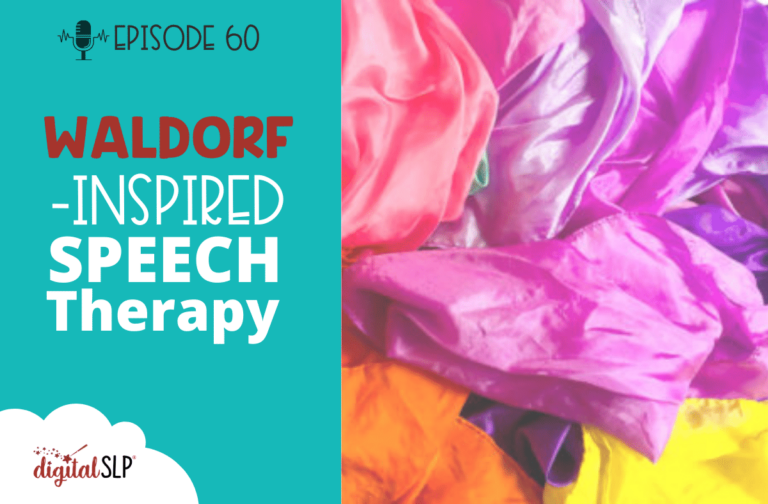



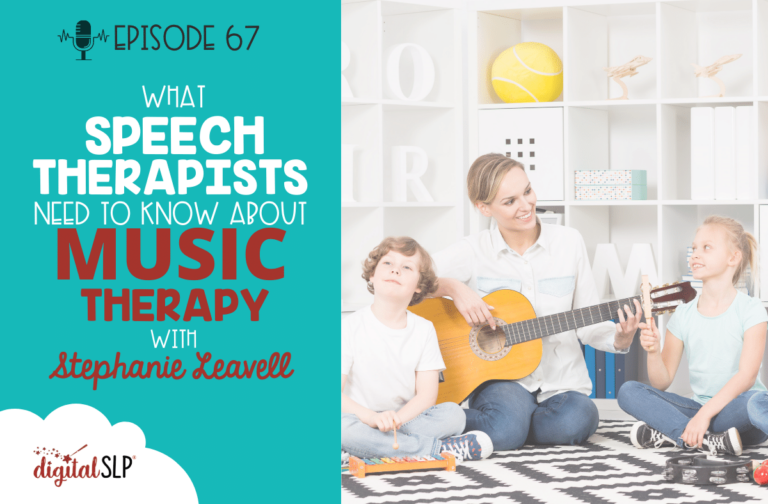
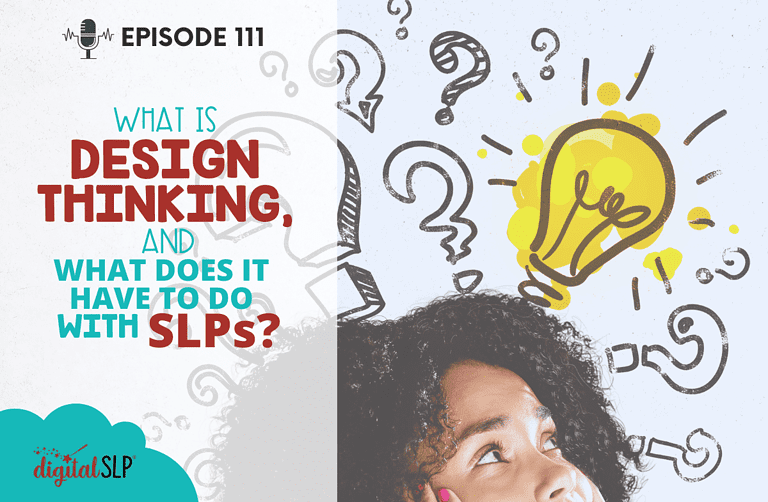
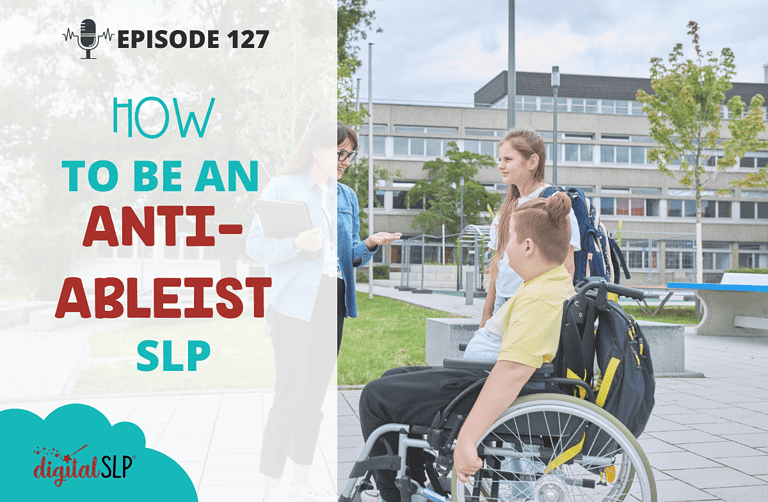
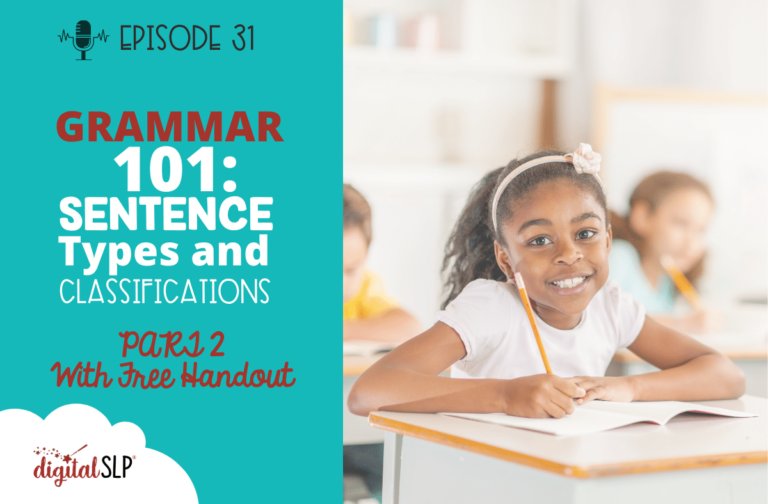
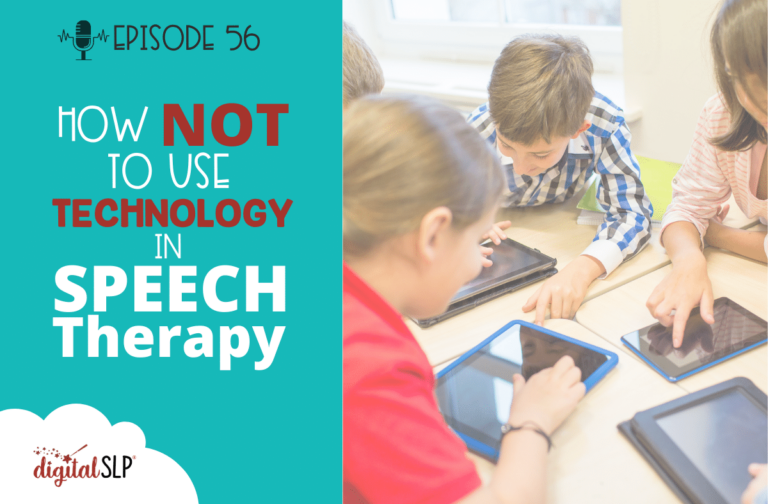
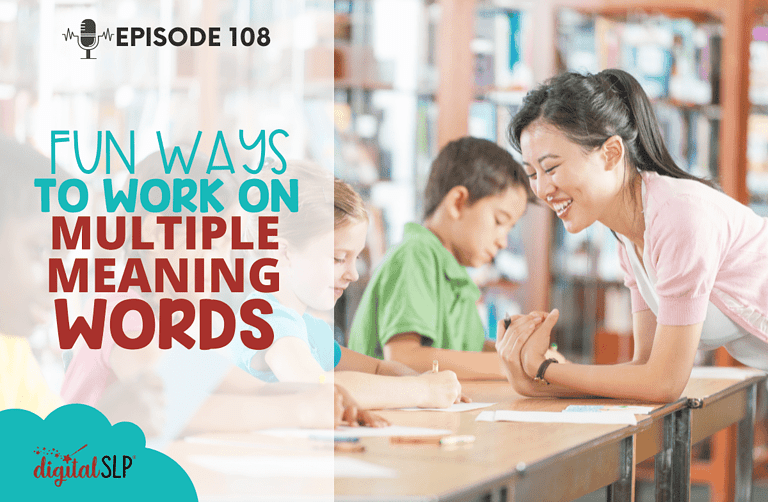

Recent Comments